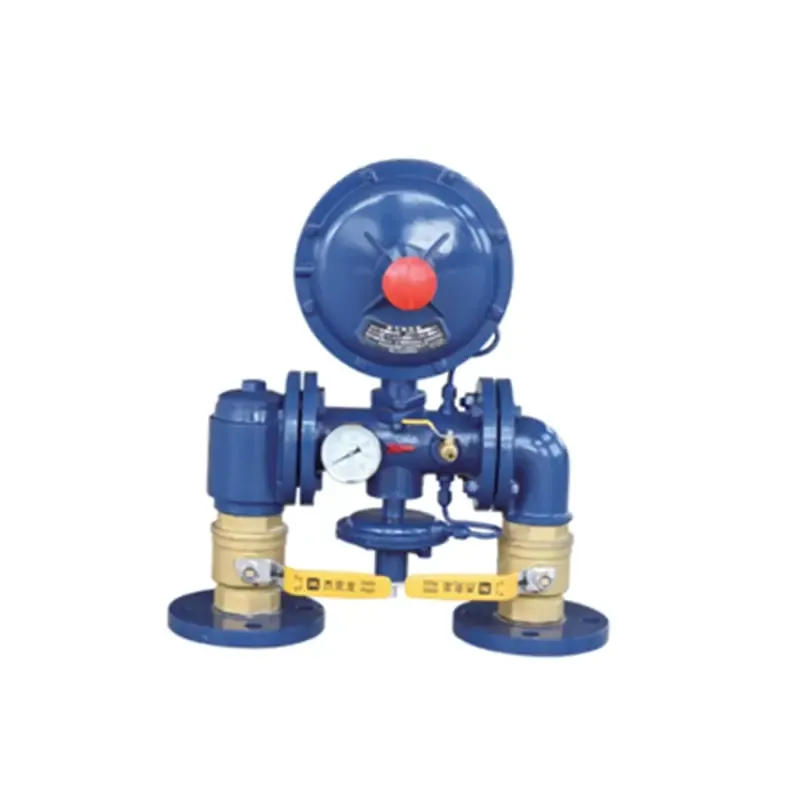
Dec . 20, 2024 12:01
Back to list
gas pressure vessel
Understanding Gas Pressure Vessels A Comprehensive Overview
Gas pressure vessels are critical components in various industries, including oil and gas, chemical manufacturing, and power generation. These vessels are designed to store gases or liquids at pressures significantly higher than atmospheric pressure. This article delves into the fundamentals of gas pressure vessels, their design considerations, applications, and safety measures.
What is a Gas Pressure Vessel?
A gas pressure vessel is a container specifically engineered to hold pressurized gases or fluids. These vessels can be rigid or flexible, and they come in various shapes and sizes, typically constructed from materials such as steel, aluminum, or composites. The main purpose of these vessels is safety and efficiency in storing and transporting gases under pressure.
Design Considerations
The design of gas pressure vessels is governed by stringent codes and standards to ensure safety and reliability. Some of the critical factors involved in their design include
1. Material Selection The materials used for constructing a gas pressure vessel must be able to withstand the pressures and temperatures of the contained gas. Common materials like carbon steel, stainless steel, and high-strength alloys are chosen based on the vessel's intended application.
2. Thickness and Geometry The thickness of the vessel walls is determined by the pressure of the gas, the size of the vessel, and the properties of the chosen material. The geometry of the vessel, whether cylindrical, spherical, or spherical-cap, also plays a key role in stress distribution and pressure resistance.
3. Safety Features Safety is paramount in the design process. Engineers incorporate features such as pressure relief valves, blow-off panels, and monitoring systems to detect leaks or failures. These safety measures are vital to prevent catastrophic failures that can result from over-pressurization.
4. Testing and Certification Before a gas pressure vessel can be put into service, it must undergo rigorous testing and certification. This includes hydrostatic testing, where the vessel is filled with water to test its integrity under pressure, and non-destructive testing (NDT) to identify any potential flaws.
gas pressure vessel

Applications of Gas Pressure Vessels
Gas pressure vessels are utilized in a wide range of applications, including
1. Storage and Transport These vessels are crucial for the safe storage and transportation of gases like natural gas, hydrogen, and propane. They ensure that gases can be stored at high pressures and delivered efficiently to various locations.
2. Industrial Use In chemical processing, gas pressure vessels are used for reactions conducted under pressure, such as polymerization or other synthesis processes. They also play a role in the production of energy in power plants where gases are compressed for efficient combustion.
3. Research and Development Laboratories and research facilities use gas pressure vessels for experimental purposes, allowing scientists to study the behavior of materials and reactions under controlled pressure environments.
Safety Measures and Regulations
Given the potential hazards associated with pressurized gases, the gas pressure vessel industry is heavily regulated. Organizations such as the American Society of Mechanical Engineers (ASME) provide guidelines for the design, construction, and operation of pressure vessels. Compliance with these regulations ensures that vessels are built to withstand expected pressures and are equipped with necessary safety features.
In addition to following guidelines, regular inspections and maintenance are essential to ensure the ongoing safety and functionality of gas pressure vessels. Operators must be trained to handle these vessels properly, recognizing signs of wear or potential failure and responding appropriately to any alarms or malfunctions.
Conclusion
Gas pressure vessels play a significant role in various industrial applications, providing safe and efficient storage and transport solutions for pressurized gases. Through careful design, adherence to safety regulations, and regular maintenance, these vessels can operate safely and effectively, mitigating risks associated with high-pressure environments. With ongoing advancements in materials and engineering practices, the future of gas pressure vessels looks promising, driving innovation in industries worldwide.
Next:
Latest news
-
Safety Valve Spring-Loaded Design Overpressure ProtectionNewsJul.25,2025
-
Precision Voltage Regulator AC5 Accuracy Grade PerformanceNewsJul.25,2025
-
Natural Gas Pressure Regulating Skid Industrial Pipeline ApplicationsNewsJul.25,2025
-
Natural Gas Filter Stainless Steel Mesh Element DesignNewsJul.25,2025
-
Gas Pressure Regulator Valve Direct-Acting Spring-Loaded DesignNewsJul.25,2025
-
Decompression Equipment Multi-Stage Heat Exchange System DesignNewsJul.25,2025

